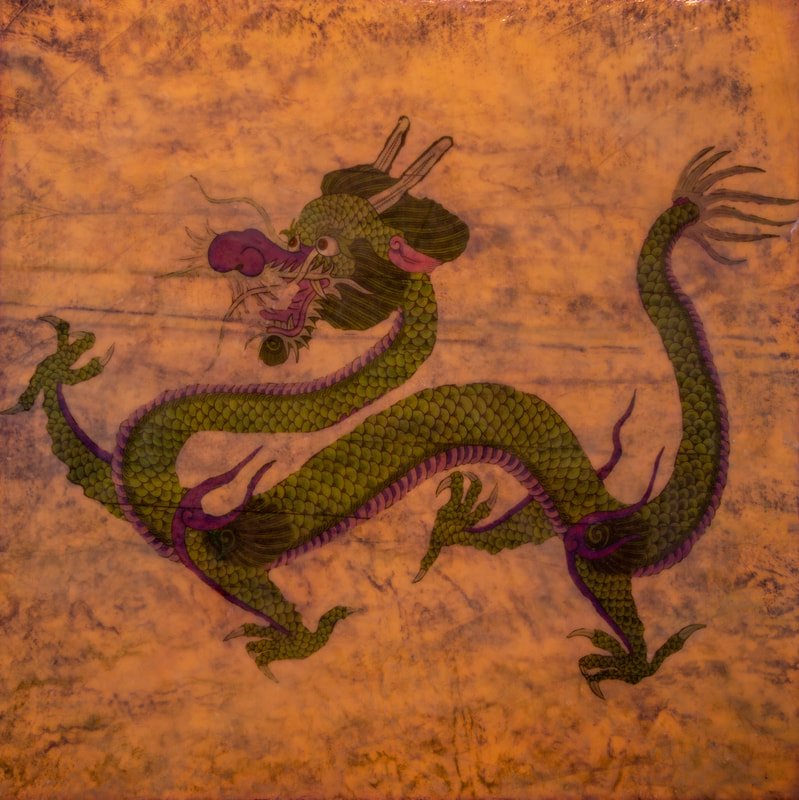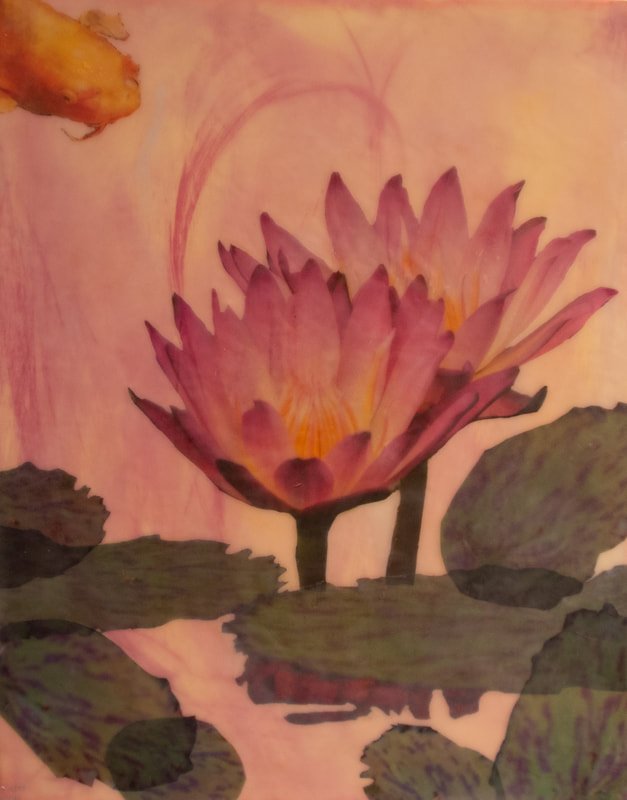
What is Encaustic Artwork?
What is encaustic artwork and how is it made?
This is probably the question we get the most! Encaustic art is a technique that involves layering heated wax and pigments to create art, often on top of a photograph or illustration that has been printed on tissue paper. Susan’s photos are the basis for most of Mary Lynn’s artwork, and you can see side-by-side examples of how her photographs are transformed by Mary Lynn below.
The word "encaustic" comes from the Greek word "enkaustikos," which means "to burn in." The process of creating encaustic art involves melting beeswax and mixing it with damar resin to create a medium. Pigments can then be added to this mixture to create a colored wax paint.
To create an encaustic painting, the artist first prepares a wooden panel or other surface by applying several layers of the wax medium, each layer being heated and fused to the previous layer with a heat gun or blowtorch. The artist can then use a variety of tools, such as brushes, knives, and heated stylus, to create texture and manipulate the wax layers. The wax can be left natural, scraped, or polished to create different effects.
Encaustic art has been used for thousands of years, with examples dating back to ancient Greece and Egypt. It experienced a resurgence in the 20th century, with artists such as Jasper Johns and Robert Rauschenberg incorporating it into their work. Encaustic art is valued for its durability, luminosity, and unique texture, as well as its ability to be reworked and layered. Explore Mary Lynn’s portfolio of encaustic paintings to see examples of this beautiful and unique type of artwork.
Before & After
The artistic collaboration wives Susan “Rennie” McPherson, photographer, and Mary Lynn McPherson, encaustic painter.





